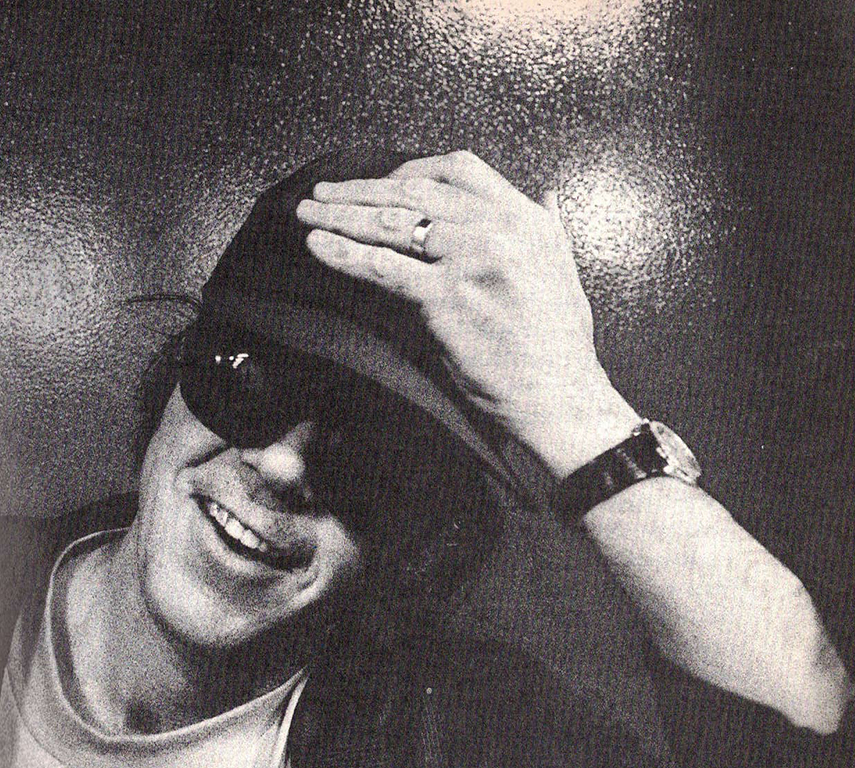Author: T Y
Funkadelic – I’m Never Gonna Tell It
Johnny Cash & Tony Joe White – Polk Salad Annie
The Blasters – Common Man
John Prine – Paradise
Everly Brothers – Crying In The Rain
Peter Lorre Documentary
The Blasters – I’m Shakin’
Sir Douglas Quintet – She’s About a Mover
Roy Head – Treat Her Right
Bobby Bland – Farther Up the Road
Neil Young – Tonight’s the Night

